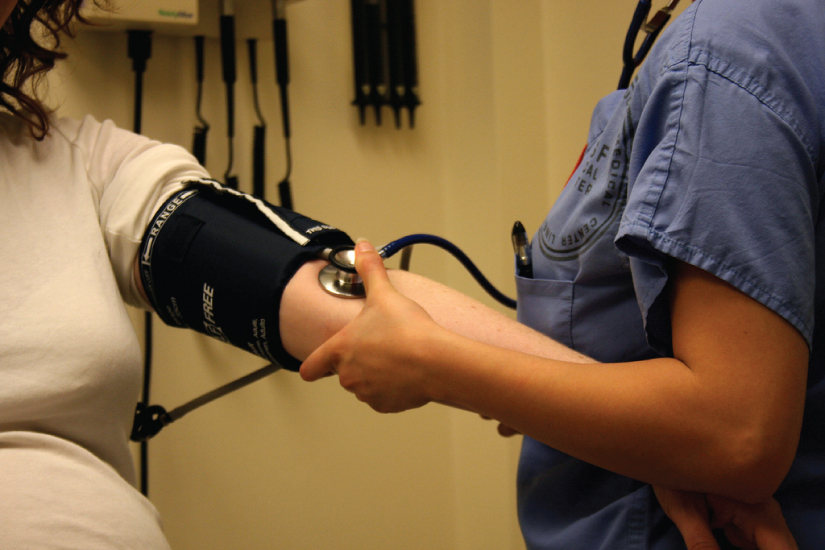
|

1.1 An introduction to the human body Read Online
1.2 The chemical level of organization Read Online

After studying this chapter, you will be able to:
Though you may approach a course in anatomy and physiology strictly as a requirement for your field of study, the knowledge you gain in this course will serve you well in many aspects of your life. An understanding of anatomy and physiology is not only fundamental to any career in the health professions, but it can also benefit your own health. Familiarity with the human body can help you make healthful choices and prompt you to take appropriate action when signs of illness arise. Your knowledge in this field will help you understand news about nutrition, medications, medical devices, and procedures and help you understand genetic or infectious diseases. At some point, everyone will have a problem with some aspect of his or her body and your knowledge can help you to be a better parent, spouse, partner, friend, colleague, or caregiver.
This chapter begins with an overview of anatomy and physiology and a preview of the body regions and functions. It then covers the characteristics of life and how the body works to maintain stable conditions. It introduces a set of standard terms for body structures and for planes and positions in the body that will serve as a foundation for more comprehensive information covered later in the text. It ends with examples of medical imaging used to see inside the living body.
Question: Hormones are derived from which two fundamental nutrients?
Choices:
sadness and rage
amino acids and lipids
glucose and lipids
nucleotides and proteins
Question: Local intercellular communication is the province of the __________, which is a chemical that induces a response in neighboring cells.
Choices:
autocrine
hematocrit
paracrine
duodenum
Question: Hormones derived from amino acids include:
Choices:
resperidol, saboxen and clairitin
cellulites and arythrocytes
amylases, ethanols and thymines
amines, peptides and proteins
Question: Hormones are secreted into __________
Choices:
the interstitial fluid
inner space
the extracellular fluid
the lymphatic system exclusively
Question: Steroids and thyroid hormones are lipid-soluble hormones that
Choices:
can not pass the cell membrane and bind to the outside to stimulate action within the cell.
readily pass through the cell membrane and enter the nucleus as part of a receptor-hormone complex.
combine with cell membranes via endocytosis to be released within the cell as raw material.
enter a channel protein to change its physiology and restructure cells to begin mitosis of favorable cells.
make you into the Hulk and prone to asking people, "Do you even lift?"
Question: The endocrine system uses just one system of communication: _____________
Choices:
transduced signaling
chemical signaling
organic signaling
transmitter signaling
Question: Estrogen and testosterone are examples of which type of hormone?
Choices:
steroid
amine
peptide
protein
the mood-swingin' kind
Question: Hydrophilic, water-insoluble, hormones do not pass through the lipid bilayer and must attach to receptors on the cell surface. In this way, the hormone becomes the first messenger. What is the name of the second messenger used by most hormones?
Choices:
phosphodiesterase (PDE)
diacylglycerol (DAG)
inositol triphosphate (IP3)
Cyclic adenosine monophosphate (cAMP)
Question: A(n) _________ is a chemical that elicits a response in the same cell that secreted it.
Choices:
autocrine
somatocrine
paracrine
encephelatocrine
Question: Compared to the nervous system, the endocrine system is generally ____________ and _____________ in the body functions it produces.
Choices:
faster acting; less specific
slower acting; more specific
faster acting; more specific
slower acting; less specific
Question: The message a hormone sends is received by a ___________ ___________, a protein located either inside the cell or within the cell membrane.
Choices:
combination factor
cell channel
hormone receptor
cellulose alkaline